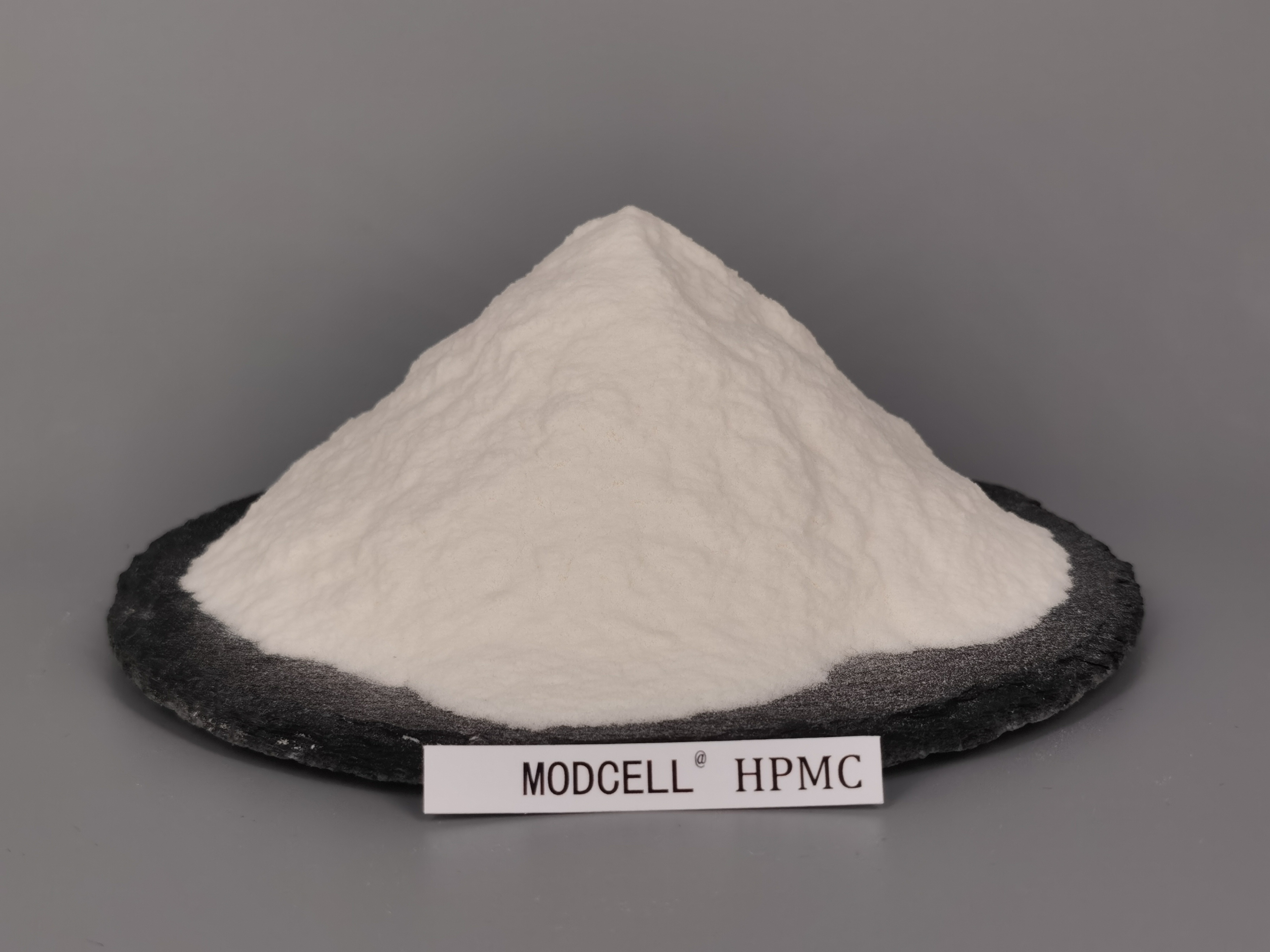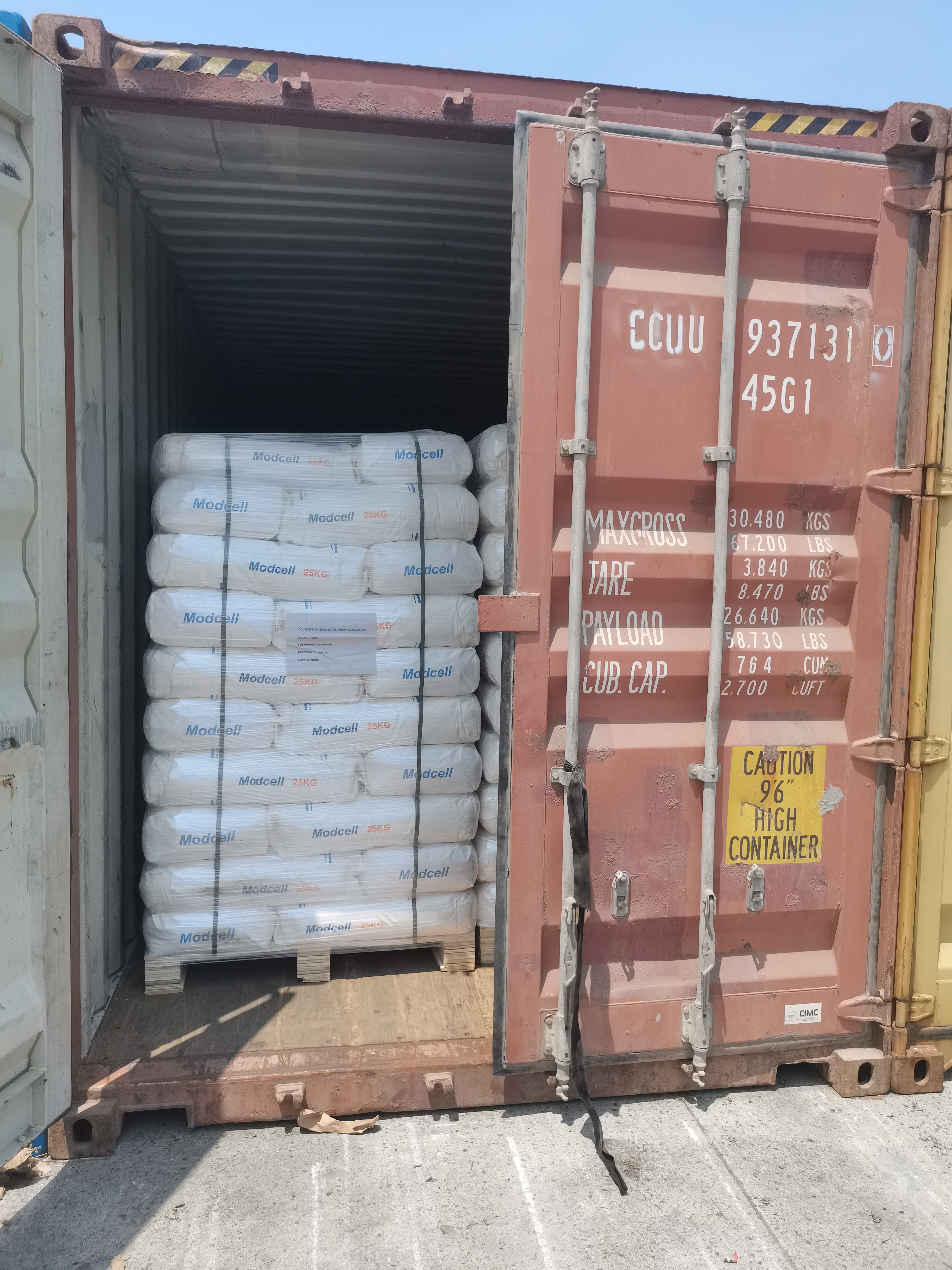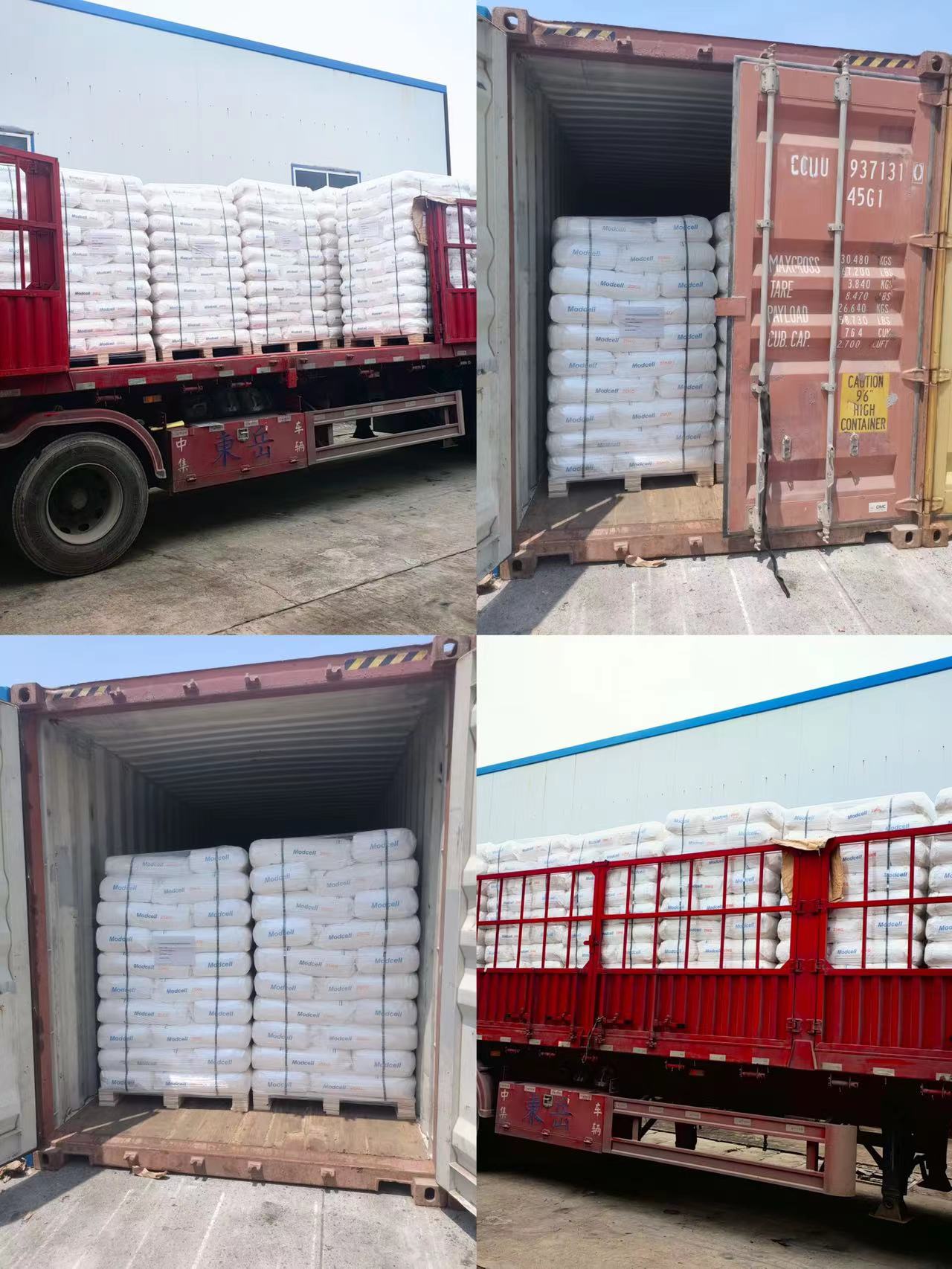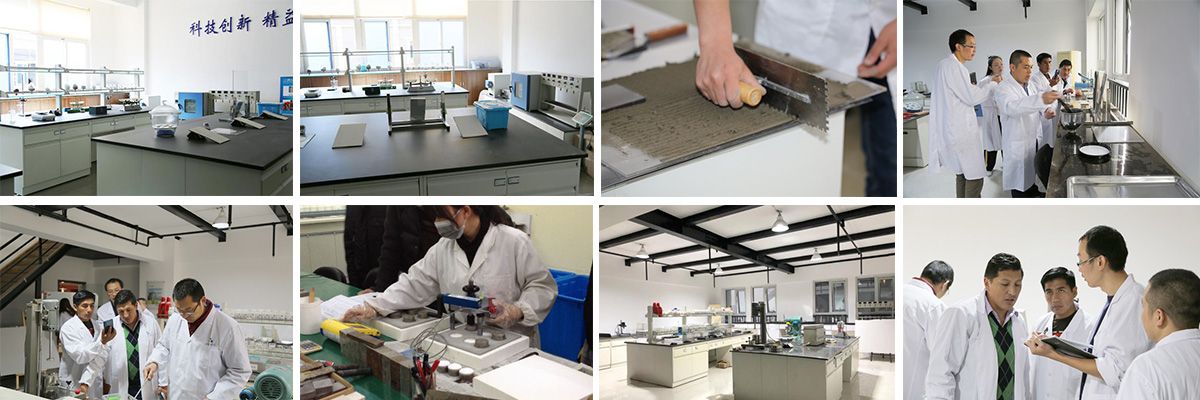Hydroxypropyl methylcellulose (INN name: Hypromellulose), also abbreviated as hydroxypropyl methylcellulose (HPMC), is a variety of non ionic cellulose mixed ethers. It is a semi synthetic, inactive, viscoelastic polymer commonly used as a lubricant in ophthalmology, or as an adjunct or excipient in oral medicine, commonly found in various types of commodities.
As a food additive, hydroxypropyl methylcellulose can play the following roles: emulsifier, thickener, suspension agent, and a substitute for animal gelatin. Its Codex Alimentarius code is E464.
chemical property
The finished product of hydroxypropyl methyl cellulose is a white powder or white loose fibrous solid, with a particle size passing through an 80 mesh sieve. The different ratios of methoxy and hydroxypropyl content and viscosity of the finished product make it a variety of varieties with differences in performance. It has the characteristics of being soluble in cold water and insoluble in hot water similar to methylcellulose, and its solubility in organic solvents exceeds that of water. It can be soluble in anhydrous methanol and ethanol, as well as chlorinated hydrocarbons such as dichloromethane, trichloroethane, and organic solvents such as acetone, isopropanol, and diacetone alcohol. When dissolved in water, it combines with water molecules to form a colloid. It is stable to acids and bases and is not affected within the pH range of 2-12. Although hydroxypropyl methylcellulose is non-toxic, it is flammable and can react violently with oxidants [5].
The viscosity of HPMC products increases with the increase of concentration and molecular weight. When the temperature rises, the viscosity begins to decline. When the temperature reaches a certain temperature, the viscosity suddenly rises and gel occurs. The gel temperature of low viscosity products is higher than that of high viscosity products. Its aqueous solution is stable at room temperature and generally has no degradation of viscosity except for enzymatic degradation. It has special thermal gelling properties, good film forming performance and surface activity.
Preparation
After cellulose is treated with alkali, the alkoxy anion generated by hydroxyl deprotonation can be added to epoxy propane to generate hydroxypropyl cellulose ether; It can also condense with methyl chloride to produce methyl cellulose ether. When both reactions occur simultaneously, hydroxypropyl methyl cellulose is produced.
purpose
The use of hydroxypropyl methyl cellulose is similar to other cellulose ethers, mainly used as a dispersant, suspension agent, thickener, emulsifier, stabilizer, and adhesive in various fields. It is superior to other cellulose ethers in terms of solubility, dispersibility, transparency, and enzyme resistance.
In the food and pharmaceutical industry, it is used as an additive. Due to its adhesive properties, film-forming properties, thickening and dispersion in liquids, as well as its ability to prevent oil penetration and maintain moisture, it is used as an adhesive, thickener, dispersant, reliever, stabilizer, and emulsifier. It has no toxicity, no nutritional value, and no metabolic changes.
In addition, HPMC has applications in synthetic resin polymerization reactions, petrochemicals, ceramics, papermaking, leather, cosmetics, coatings, building materials, and photosensitive printing plates.
Post time: Sep-04-2023





